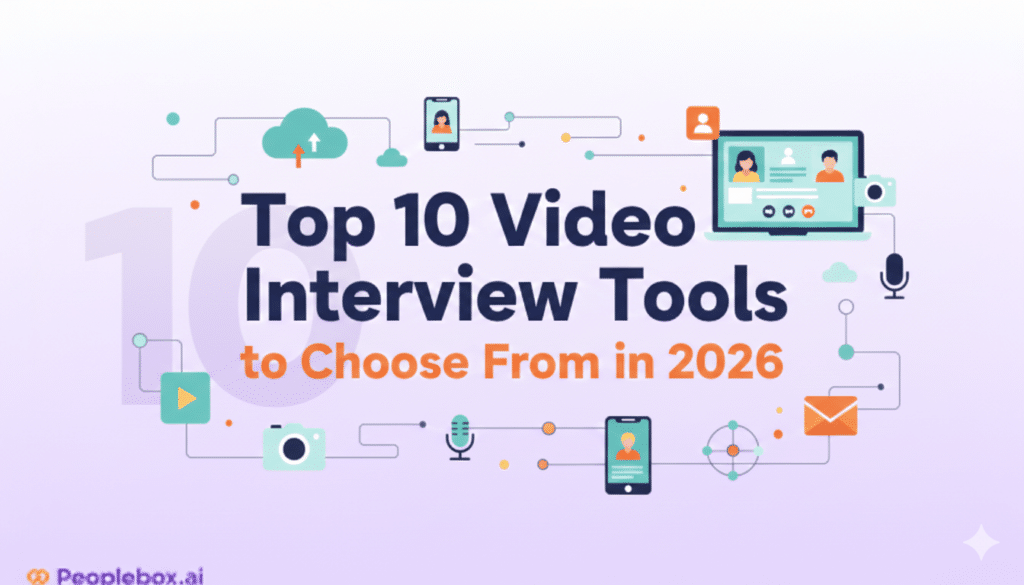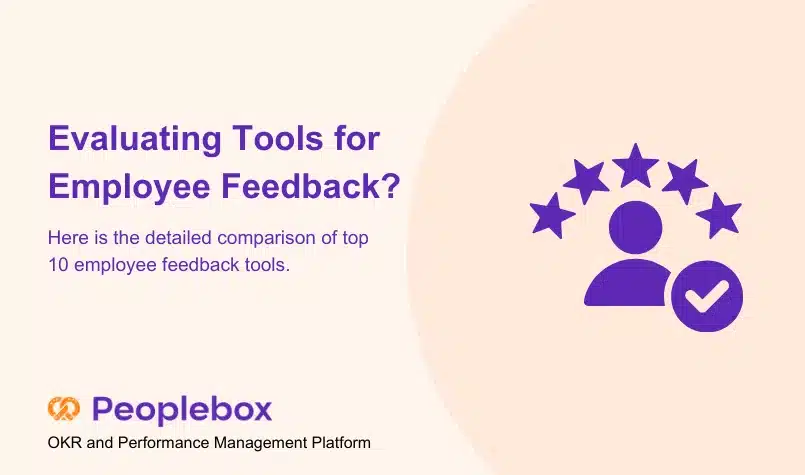How Google Works narrates the story of how Google developed its inventive and productive culture. The book is full of principles that, even if they can’t be incorporated entirely in your company, they can be applied in stages.
It revolves around how Google goes about doing what it does on a daily basis and it all comes down to managing brilliant creatives in a family-like environment.

Introduction to the book: How Google Works
How Google Works was released in late 2014. Eric Schmidt and Jonathan Rosenberg wanted to provide readers with an inside look into Google’s mind. They pass on some “conjurer” secrets and convert them into easily understandable lessons.” This Google-style book for creating strong 21st-century companies includes culture and environment, hiring, innovation, communication, and decision making process.
“Innovative people do not need to be told to do it, they need to be allowed to do it”
-Eric Schmidt
1 Venn diagram to pursue an Idea
Firstly, the idea must solve a major problem that affects millions of individuals. Second, it must offer a solution that is substantially different from anything currently available in the market.
Finally, the revolutionary technologies that could make that extreme solution a reality must be at least possible and achievable shortly. Before developing any proposal, the [x] team first determines whether it fits into this three-part framework. If it doesn’t, it’ll be turned down.

2 Using the LAX test while hiring
Former Executive Chairman, Eric Schmidt at Google sought ‘smart creatives’ with interesting personalities.
He encouraged managers to consider the LAX test while hiring, in which a person should be able to keep them engaged if they met him/her during a flight delay. They were told that interesting people were more involved and performed better.

3 Promoting interaction and energy
Offices should not be created for solitude and prestige. Interaction is what ‘smart creatives’ thrive on. The mixture created when they are together is combustible, therefore keeping them crowded must be a top priority.
4 Using Objective and Key Results (OKR)
OKR Software - Used by 500+ Companies
Transform your managers into leaders through personalized coaching, bite-size learnings and make it super easy for them to have meaningful 1:1s, check-ins, and align goals(OKRs).
OKR Software - Rated 4.8 on G2
Empower your managers to be a better leader with essential performance tools & personalized coaching support.
When determining the company’s goals, Google sets strict performance measures. It uses OKRs for each employee including the founders. ‘Objectives’ were needed to be accomplished, and ‘Key Results’ were the indicators of success.
The founders present their personal OKRs to the entire company once a quarter. This assists individuals and teams in developing their own OKRs while supporting business priorities alongside.
5 The 70/20/10 Model
According to this model, Google allocates 70% of resources to the core business, 20% to upcoming projects with a track record of success, and 10% to completely new ideas.
6 Making work meaningful
Google’s former SVP of people operations, Laszlo Bock, has been honoured for assisting employees in finding a purpose in their work. He encouraged managers to personalise the impact of each job.
OKR Software - Used by 500+ Companies
Transform your managers into leaders through personalized coaching, bite-size learnings and make it super easy for them to have meaningful 1:1s, check-ins, and align goals(OKRs).
OKR Software - Rated 4.8 on G2
Empower your managers to be a better leader with essential performance tools & personalized coaching support.
7 The Seven Rule
Google aspires to be a flat company. This means that each manager must have at least seven individuals reporting to him/her. Although, this contradicts the advice by Navy Seal leader Jocko Willink in his book Extreme Ownership.
8 Leader’s opinion at the end
When a group decision is being made, the leader puts her views at the end. This ensures that each team member contributes an unbiased viewpoint to the decision-making process.
OKR Software - Used by 500+ Companies
Transform your managers into leaders through personalized coaching, bite-size learnings and make it super easy for them to have meaningful 1:1s, check-ins, and align goals(OKRs).
OKR Software - Rated 4.8 on G2
Empower your managers to be a better leader with essential performance tools & personalized coaching support.
9 The effective meeting
Meetings at Google generally are hosted by a single individual and while laptops are generally untouched, it is the responsibility of the host to present the relevant data and generate proper information for the team.
Moreover, In order to prevent information disparity at management levels, Google makes it transparent for anyone to view.

10 Smaller teams lead to higher productivity
Google prefers to keep the teams small. This ensures that the team is cohesive and on the same page. Even the writers of the How google works book agree with Jeff Bezos’s Two Pizza Rule.
Conclusion
How Google Works book is a lighthearted, easy-to-read overview on company culture, management, skills, decision-making, interaction, development, and dealing with competition.
The authors describe how the convergence of three major changes – the internet, mobile, and cloud computing – has moved the balance of power away from companies and shifted it towards customers. Companies that build great products and attract a new breed of versatile employees, called “smart creatives,” will prosper in an ever-changing landscape.






